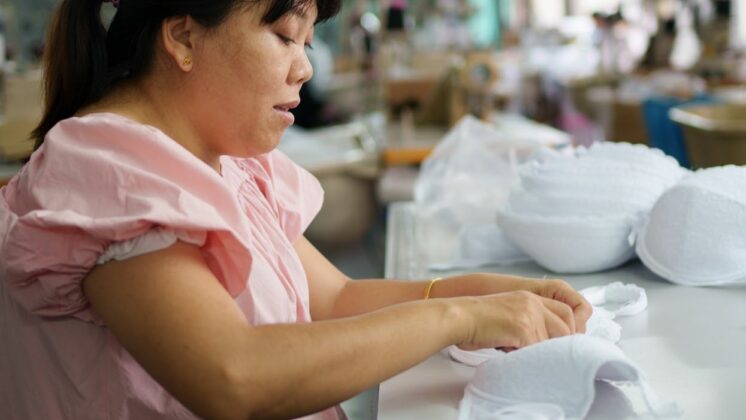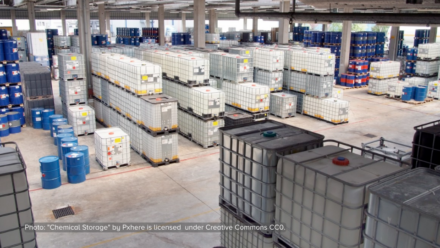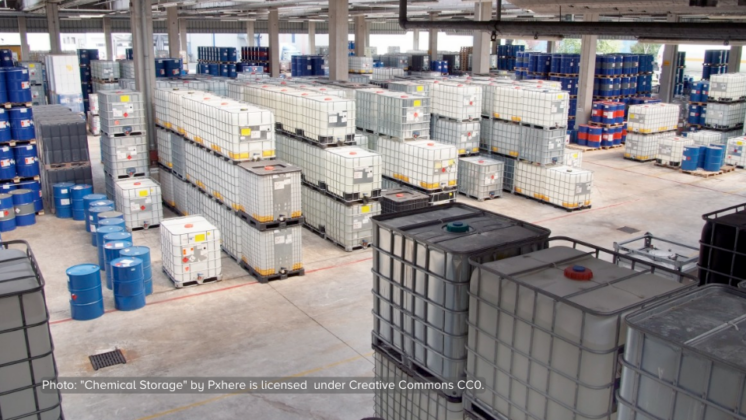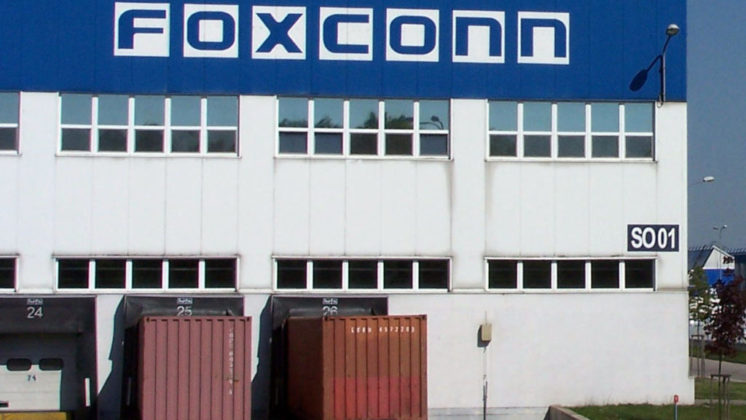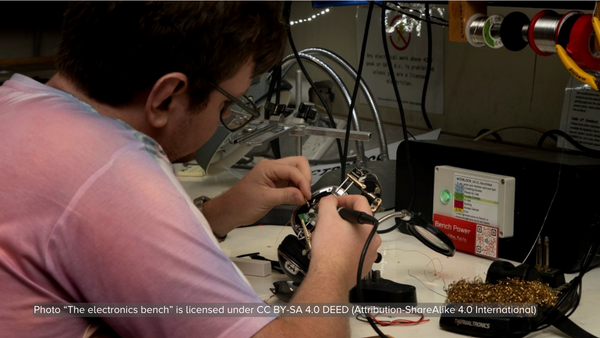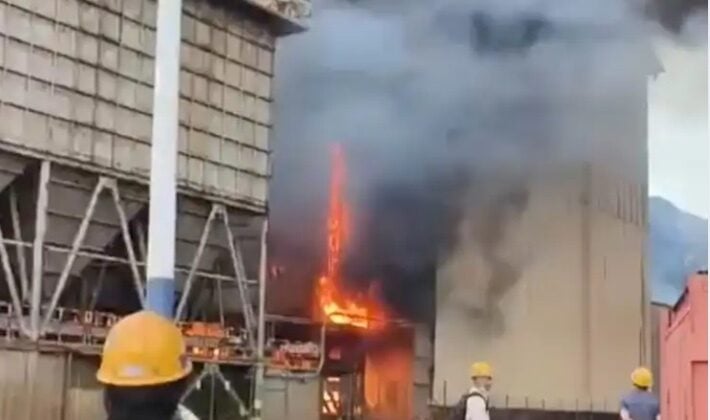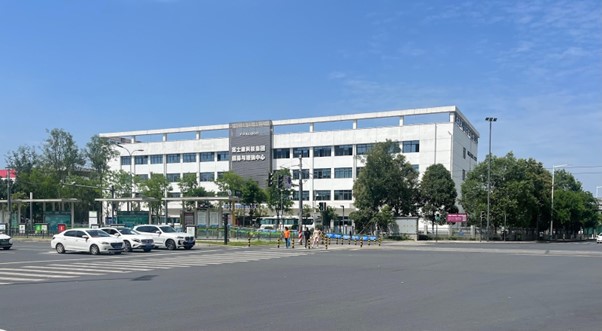Independent Mediation Committee annocounces that Samsung should compensate workers falling ill at its LCD and chip plants from 1984 onward. The committee it annocounced its final arbitration decision on Nov 1 2018, which also requests a Samsung representative director publicly read an apology before an audience of its occupational victims and their families to fully express the conglomerate’s sincerity.
A Decade-Long Standoff
Samsung and SHARPS agreed in July that they would consent to the arbitration decision made by the Mediation Committee. The committee was formed in 2014 to broker a deal between Samsung and SHARPS. Though led by a retired supreme court justice, the committee’s efforts bore little fruit. On Oct. 8, 2015, SHARPS began a sit-in at Samsung’s corporate headquarters after the corporation’s unilateral departure from the mediation structure. The sit-in lasted 1,023 days until July 2018.
Sit-in and Behind-the-Scenes Efforts
The July agreement was the result of a behind-the-scenes, last-ditch effort by the committee to end a decade-long standoff in which a small labor advocacy group had tenaciously penetrated the wall of silence at the world’s largest tech firm which still boasts its anti-union policy as the core of its corporate culture.
“Since we agreed to do so in July, we will act on the arbitration decision,” Kong Jeong-ok, a medical doctor and a SHARPS founder, told the independent daily Hankyoreh.
“We will keep our promise to completely adhere to the mediator decision and will quickly come up with plans to implement the decision.” Reuters quoted Samsung as saying in a press statement.
Wider Coverage at the Cost of Individual Payouts
The committee appears to have aim to adjust the ceiling of individual payouts to make sure that as many workers as possible for as wide a variety of diseases as possible will be compensated under its compensation framework.
“To prioritize [the plan’s] coverage, we lowered the ceiling for individual payouts and expanded to coverage to benefit a maximum number of victims,” the committee said in a press statement.
The committee increased the number of diseases covered by the scheme by including such pulmonary conditions as lung cancer. Samsung launched a limited compensation scheme in 2015 when it walked out of the mediation process. The scheme did not cover any pulmonary diseases, though workers began to die of lung cancer. In Sept. 2016, KCOMWEL posthumously ruled that a Samsung worker’s lung cancer was occupationally caused.
Press Conference
The committee requested SHARPS and Samsung hold a press conference by the end of November to announce implementation plans and to have a Samsung representative director read the apology.
SHARPS has not released a formal statement yet. The advocacy group will announce one at the press conference, likely scheduled for mid-November.
The following are key takeaways from the decision:
- Samsung will compensate former and current workers employed for a year at the semiconductor and LCD plants of Samsung and its contractors between May 17, 1984 and Oct. 31, 2028 who developed a variety of blood disorders, cancers, and pulmonary conditions. (May 17, 1984 was when Samsung’s first memory chip lab went online at the Kiheung plant, now the cluster of occupational disease).
- The ceiling for individual compensation is set at KRW150 million won (U$132,667 at U$1: KRW 1,130).
- Samsung will pay up to KRW 5 million ($4,400) for a genetic disorder occupationally caused to the victim.
- Samsung will pay KRW 3 million and KRW 1 million for stillbirths and miscarriages.
- The compensation ceiling and coverage period may be subject to renewal after the first 10 years.
- The 53 SHARPS-profiled workers have to the right to choose between the arbitrated compensation program or Samsung’s own scheme of 2015 for better payout.
- An independent commission should be formed to manage the new compensation program.
- A Samsung representative director should publicly read the company’s formal apology in the presence of victims and their families.
- Samsung should create KRW 50 billion (U$ 44.4 million) in funds aimed at the improvement of workers safety and health in the electronics industry.


